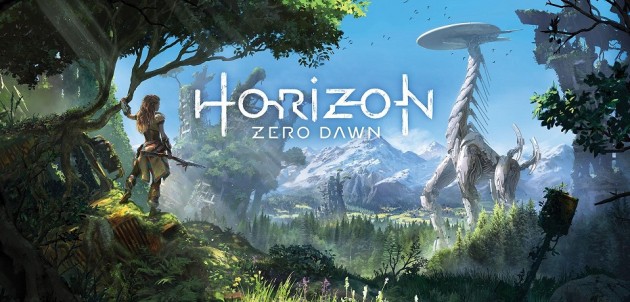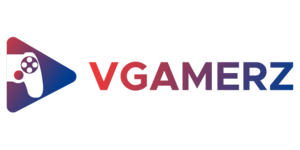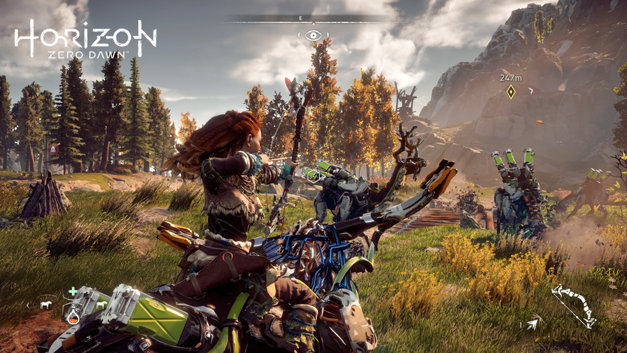Zero Dawn vs. Zelda
I’m having a lot of fun with Horizon: Zero Dawn, and I am also a big fan of game narrative, but sometimes there are just too many words. Today I’m going to compare the design styles of the new Zelda: Breath of the Wild and the aforementioned Horizon. Specifically, how they use (or don’t use) voiced narration to lead the player.
In the first few minutes of Horizon: Zero Dawn’s gameplay, the protagonist, Aloy, points out what’s going on in the environment. Verbally. Even though there’s no one around to hear her. You could argue that you’re hearing her “thoughts,” or that she’s talking to herself because she’s scared, but neither case is a good excuse.
The player simply doesn’t need to hear it

Aloy will describe her surroundings, talk about what she should be doing next, talk about what she just did, and ultimately treats the player like a blind person with short-term memory loss. It’s as though the writer wrote a book and adapted it verbatim for the game, cutting out the he-saids and she-saids and leaving everything else.
Again, I love game narrative. I think games are a powerful storytelling medium. But just because a game can have more words written or lines spoken, certainly doesn’t mean it should. Ideally, the player should be able to play the game with the volume and subtitles off, using only art and design cues to figure out what to do next.
Look at Breath of the Wild. While it’s a longstanding tradition for Link to not speak, many Zelda games since Ocarina of Time gave the player a talking companion who points out everything you need to know. Navi, Midna, the… blue person from Skyward Sword whose name I forget. They all helped lead the player without needing Link to speak a word.
But in Breath of the Wild, like the original Zelda games of yore, has no quest-long companion jabbering in Link’s pointy ear. The game simply trusts the player to figure things out on their own.
This is the ideal design

The ironic part is that Zelda is a game for kids and adults alike on a Nintendo platform that facilitates new gamers. Horizon: Zero Dawn is rated T for teen, and requires the player to use a PS4 controller and its dual-analog configuration that new gamers struggle with.
In essence, Horizon: Zero Dawn holds the player’s hand despite there being very little chance that the player is someone new at games, while Breath of the Wild trusts the player to figure things out without someone yapping at them the whole time.
It’s easy to look at games like Horizon: Zero Dawn as the way of the future and games like Zelda to be relics of the past. But with these two game releases, both at nearly the same time, the “relic” has shown itself to be much more comfortable as a game. And future designers—especially narrative designers—should take note.



 Reviews
Reviews